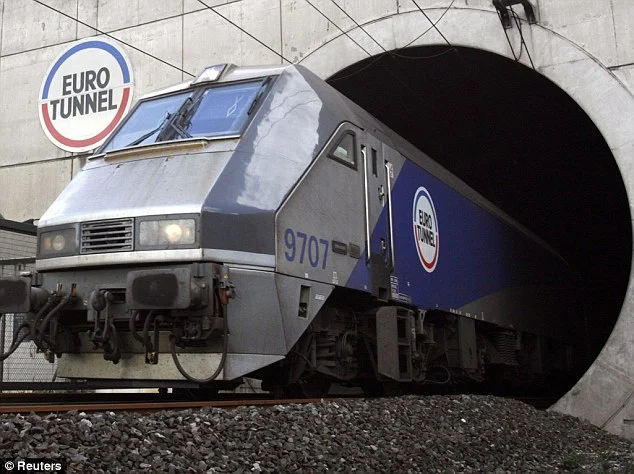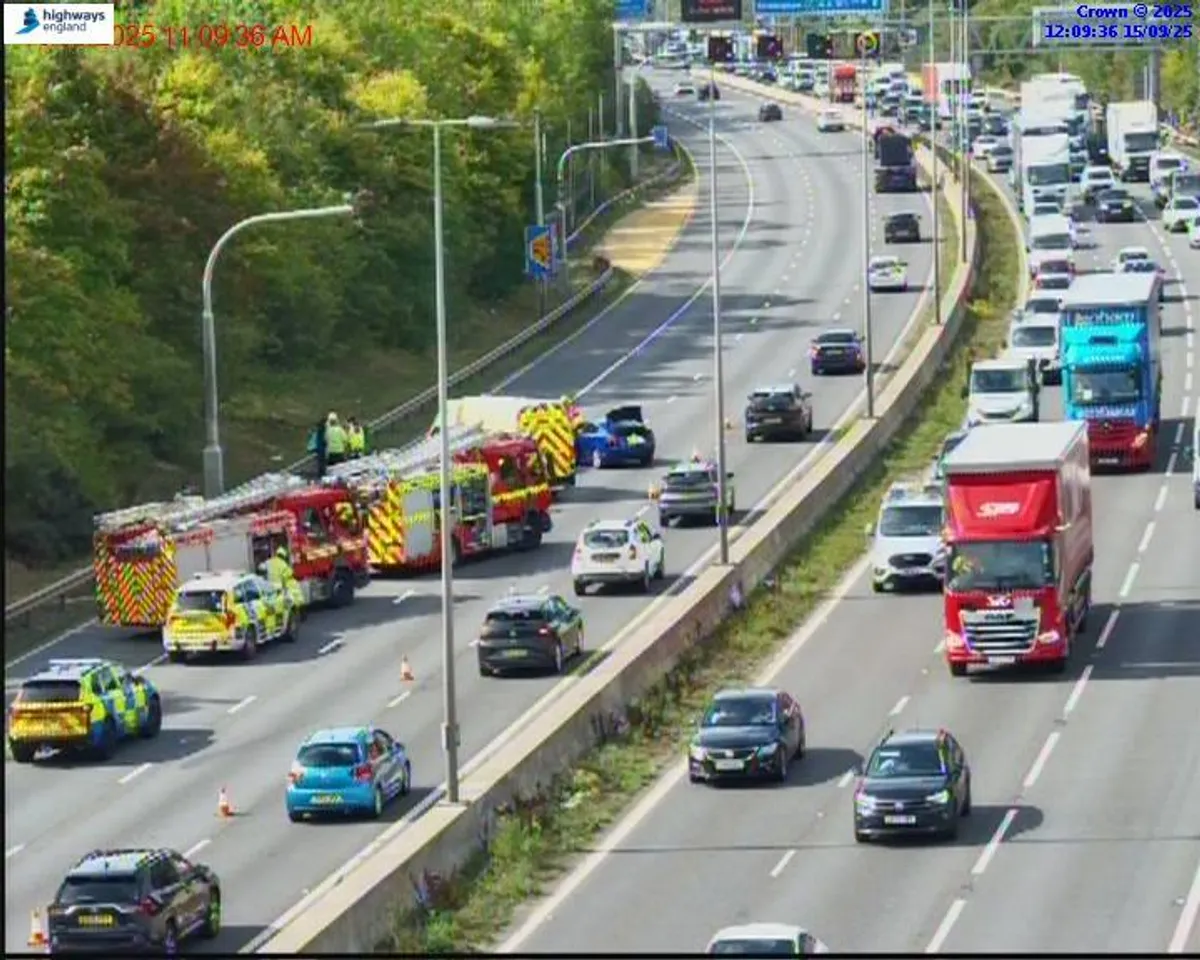By Ross Lydall
Copyright standard

Channel tunnel bosses have pledged that new border controls will have “minimum impact” on Britons travelling to and from the Continent.
However, European tourists returning home, and other EU passport holders, will be fast-tracked through dedicated lanes, meaning they may be able to catch an earlier train than British passport holders.
But in a boost to British families planning to travel abroad during the October half-term school holidays, the introduction of the new restrictions will be phased – meaning only coach passengers, plus lorry drivers, will initially take part.
The European Union’s long-delayed digital EES (entry-exit system) will finally launch on Sunday October 12 – meaning UK residents will have to have a picture taken of their face and provide fingerprints at a check-in booth prior to crossing the border.
The system, which affects the UK because of Brexit, will affect all travel to and from the EU, as well as other “Schengen area” countries such as Switzerland and Norway.
This includes flying between UK and Continental airports in addition to those travelling by car, train or ferry.
However, the system will operate differently in practice at the Channel Tunnel, at the Port of Dover and for Eurostar passengers at St Pancras station, as in each case the French border is within the UK.
Yann Leriche, chief executive of tunnel owner Getlink, said EES would have only a “minimum impact” on the overall time to reach France, which averages 90 minutes from the M20 motorway in Kent to the A16 outside Calais.
“It will add a maximum of two minutes,” he said. “If you don’t have a European passport or hold a long-term visa, when you enter or exit Europe you will have to go through these checks.”
But he admitted that it was “very important” that the system worked – and outlined plans to stagger its introduction over the next six months.
Eurotunnel says it is well-prepared – and believes this could give it a “competitive edge” over Dover, its rival in the cross-channel travel industry.
About five million passengers travelling via the Channel Tunnel will have to use the new system – including 70 per cent of car passengers and 10 per cent of lorry drivers.
About six in 10 cars that cross into Europe via Kent do so via the tunnel. The remainder use a Dover ferry.
The EES system – which is free to use – is being introduced three years later than first planned, having been first planned for launch in 2022.
The EU’s original plan for a “big bang” launch has been abandoned, to the relief of Eurotunnel.
Only coach passengers and truck drivers will be affected form the first day. Car passengers will join later – at an unspecified date, which is expected to be after the October half-term holiday but before the end of December.
Deborah Merrens, chief commercial office of Le Shuttle, which operates the giant trains that transport vehicles through the tunnel, said she would “absolutely prefer” car passengers to join after and not before half-term, which starts on October 24.
A total of 224 kiosks have been built – two per parking bay. The entire 80m euro facility is under cover, protecting travellers from bad weather.
The biometric data provided by passengers will be sent instantaneously to the EU and not held by Eurotunnel.
The UK is classed as a “third country” under EES because Britain is no longer part of the EU. The system is being introduced to improve security and reduce illegal migration.
Last year there were fears of delays of up to two hours, as passengers queued to be processed.
The introduction of the EES system will eventually end the “wet stamping” of passports by border officials, both on arrival and on departure.
Manual border gates will be retained in case of an IT collapse. They will also be available for passengers requiring assistance, including those with children under 12, who are not permitted to use e-gates.
According to ABTA, the travel association, almost half of UK travellers don’t know about the EES system.
A total of 29 countries will have the new digital border systems.
On their first trip abroad, travellers will be required to have a photograph taken of their face and have their fingerprints scanned.
The photography and fingerprinting part of the check will not be required for another three years. On subsequent visits, each passenger’s face will be scanned and compared to their passport, but fingerprints will not be checked.
Each car-load of passengers will have to exit their vehicle and check in at a kiosk.
On the first day, at least one border point in each of the 29 countries should operate the new system, increasing to 10 per cent of border points after the first 60 days.
Biometric checks – face scan and fingerprints – will being in December.
By January, half of border crossings should be operating EES, with at least a third of passengers going through the system.
By March, all borders should be operating EES and taking biometrics, processing at least half of passengers through the system.
By April 10, the system should be fully operational.
The Government has launched an information campaign about EES.
Schengen area countries include Iceland, Liechtenstein, Norway and Switzerland. EES will not be required when travelling to Ireland and Cyprus.
Children under 12 will not be fingerprinted but under the new EU rules, all travellers, including babies, will be photographed and have digital records created.
A UK government spokesperson said: “While EES checks will be a significant change to the EU border, we are in constant and close dialogue with our European partners to try and minimise the impact on the British public.
“While we have done everything we can to ensure the required infrastructure is in place, anyone who is planning a trip to the European mainland once these checks are introduced will still need to allow more time for their journey as the new EU systems bed in.”
The launch of EES will also help non-EU citizens to ensure they remain within the 90-day visa-free travel rule.
Travellers do not need to take any action before travelling and EES registration is free.
The checks are estimated to take one to two minutes per person but may lead to longer wait times at Border Control upon arrival in the Schengen area.
Separately, the UK Government has rolled out its own Electronic Travel Authorisation (ETA) scheme, which is a digital permission to travel for visitors who do not need a visa for short stays, or do not have another valid UK immigration status prior to travelling to the UK.
• The countries included in EES are: Austria, Belgium, Bulgaria, Croatia, Czech Republic, Denmark, Estonia, Finland, France, Germany, Greece, Hungary, Iceland, Italy, Latvia, Liechtenstein, Lithuania, Luxembourg, Malta, Netherlands, Norway, Poland, Portugal, Romania, Slovakia, Slovenia, Spain, Sweden, and Switzerland.



